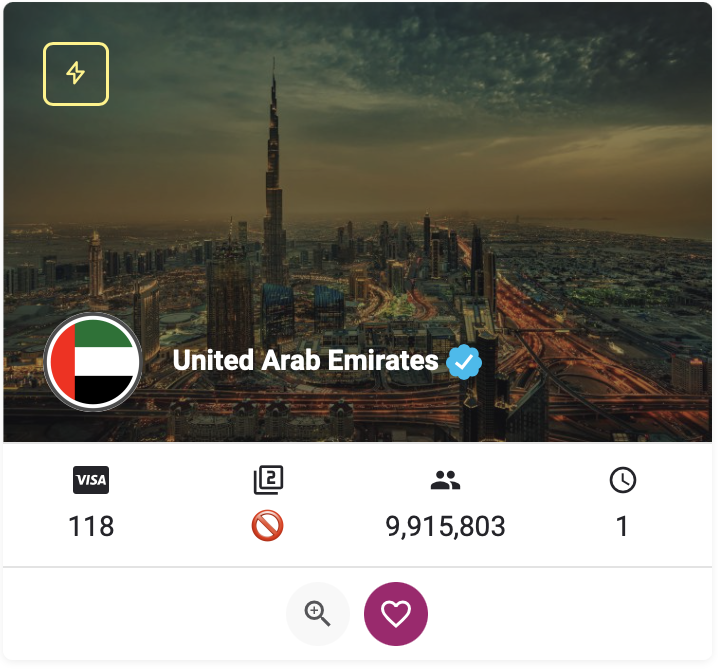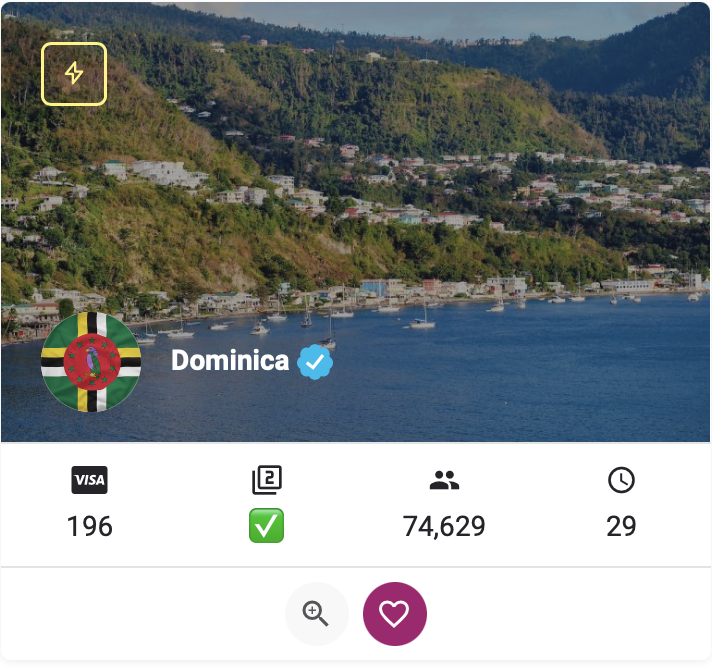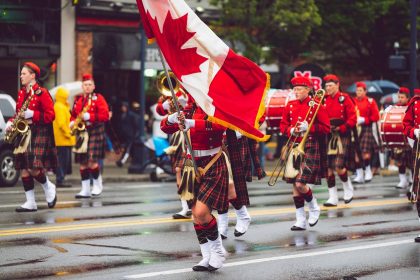In 2018, MIT PhD student Yuening Zhang faced a big challenge on a research trip to Hawaii; Maintaining Order and Coordination in Teams in Stressful Environments During underwater terrain mapping, Zhang realized that a lack of precise alignment among team members could lead to confusion and failure to achieve common goals. This experience made him think of creating an artificial intelligence assistant that could help improve the performance of teams.
Artificial intelligence comes to the rescue
Six years later, as a research assistant at MIT’s Computer Science and Artificial Intelligence Laboratory (CSAIL), Zhang succeeded in developing a system to act as the missing piece in team collaboration, an AI assistant that oversees human and robotic teams. Aligns roles and intervenes as needed to increase teamwork effectiveness in areas such as search and rescue missions, medical procedures, and video games.
The system, presented in a paper at the International Conference on Robotics and Automation (ICRA) and published in IEEE Xplore, uses a theory-of-mind model for artificial intelligence agents. This model shows how humans think and understand the possible action plans of teammates when collaborating on a task. By observing the actions of the agents, the AI team coordinator can infer their plans and their understanding of each other from a set of previous beliefs, and in case of inconsistency, intervene by aligning these beliefs and providing the necessary instructions.
For example, in a relief team, it is very important to make quick and accurate decisions based on the roles and progress of colleagues. This type of complex scheduling is enhanced by CSAIL software, which can send messages about each agent’s tasks and areas to be covered to avoid duplicate attempts. In these cases, the AI assistant can ensure improved team performance by informing agents about the activities of colleagues.
“Our work is based on the idea that you believe what someone else believes,” explains Zhang, now a research scientist at Mobi Systems. In a team, you might ask yourself: What exactly does that person do? what will i do Does he know what I’m doing? “We tried to model this mental process and allow the AI assistant to improve team members’ understanding of their tasks.”
Even with complex programs, both human and robotic agents can become confused. This situation is especially critical in search and rescue missions where there is limited time and a large area to search. The new AI assistant can help teams move more efficiently through their tasks with constant notifications.

This type of coordination can also be effective in high-risk scenarios such as surgeries. In this situation, the medical team must perform their duties carefully to avoid mistakes. Artificial intelligence assistant can prevent confusions and improve team collaboration by monitoring the different stages of surgery and providing necessary guidance.
Even in video games like Valorant where players need to be closely coordinated, the AI assistant can act as a guide and guide players on their tasks to optimize team performance.
Before Zhang led the development of the model, the EPike system was developed, acting as a member of the team. This system was implemented in a 3D simulation environment and helped coordinate team tasks by controlling a robotic agent. Although these algorithms were very intelligent, they still faced problems such as misunderstandings between agents in some cases. The new AI coordinator was able to avoid these problems by correcting agents’ beliefs and ensuring that tasks are performed correctly.
This project was carried out by the MIT team led by Professor Brian C. Williams of CSAIL was conducted in collaboration with leading researchers including Paul Robertson, Tianmin Shu, and Sangkeun Hong, and was supported in part by the US Defense Advanced Research Projects Agency (DARPA). They plan to improve this system using machine learning techniques and optimize it for use in real-life tasks.
source
RCO NEWS













